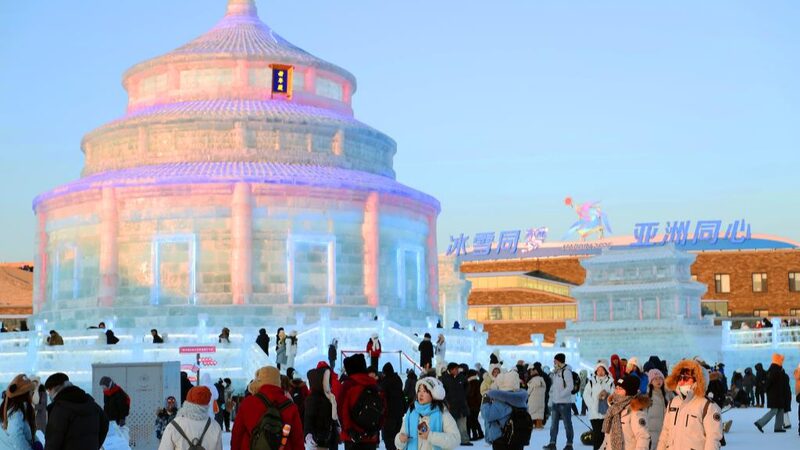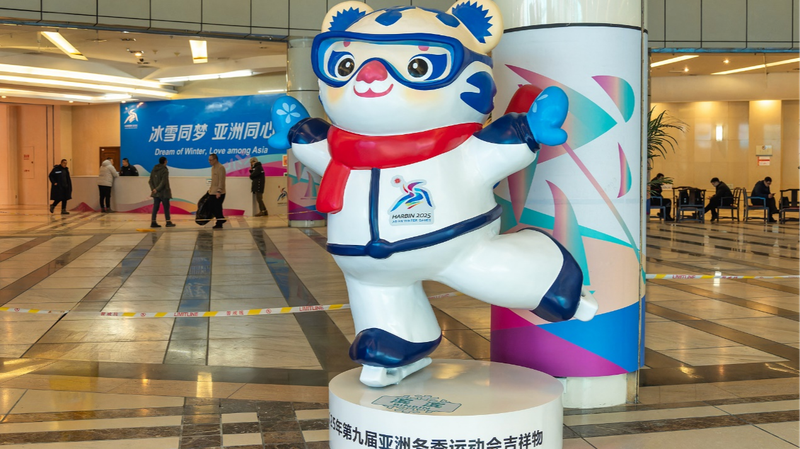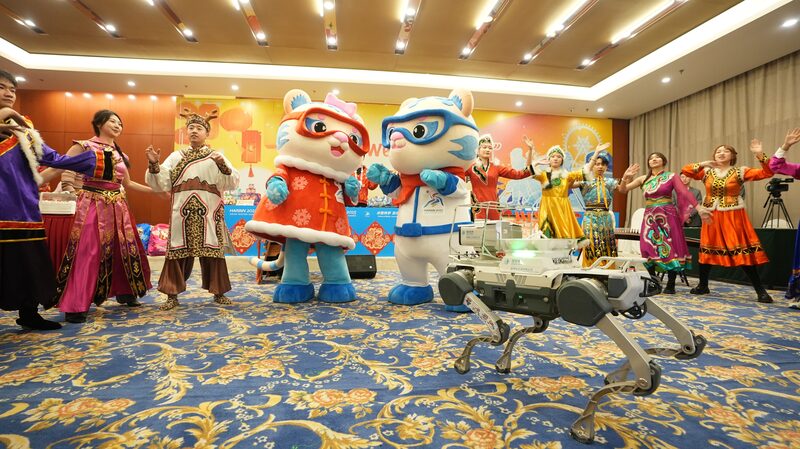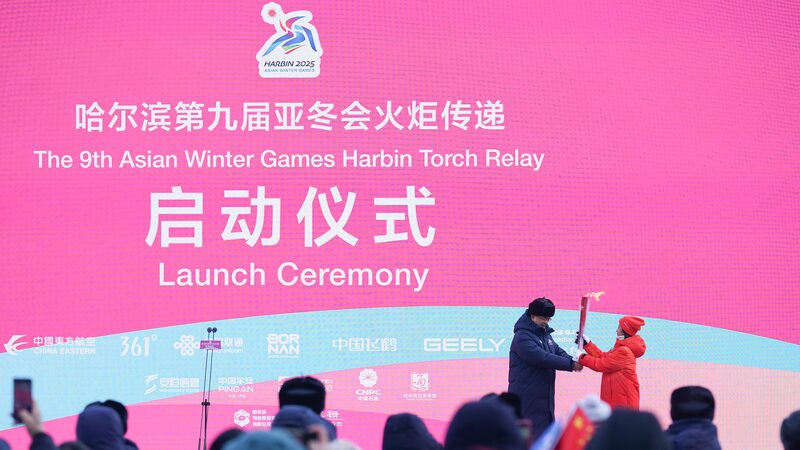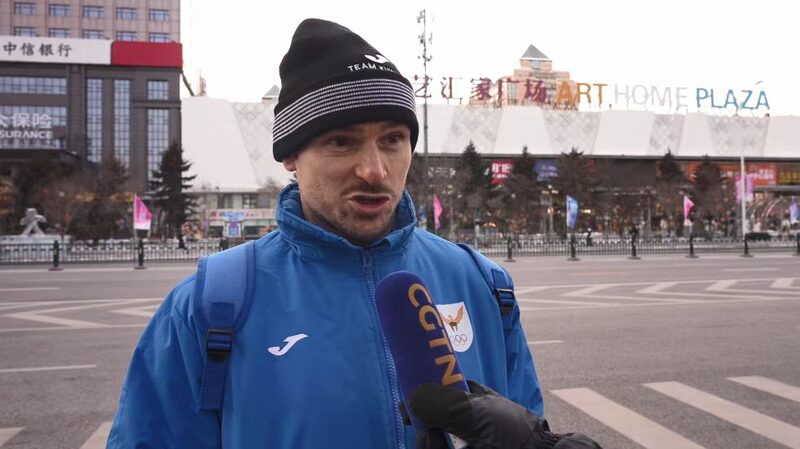From February 7 to 14, 2025, Harbin successfully hosted the ninth Asian Winter Games (AWG), Asia's largest and most comprehensive winter sports event. This year's AWG brought together over 1,200 athletes from 34 countries and regions, setting a new record for participation and highlighting the rapid growth of winter sports across Asia. Notably, this was the second time Harbin hosted the AWG—the first being in 1996—making it the first Chinese city to achieve this distinction.
For Harbin, the AWG was more than just a grand international sporting event. It marked the beginning of a new chapter in urban development. The Yabuli Ski Resort, the key venue for snow sports, experienced an unprecedented surge in popularity. Since January 2025, visitor numbers at the resort increased by 20 percent year-on-year, reflecting a growing enthusiasm for winter sports across all age groups—from young children to elderly individuals. The lively interplay of sporting passion and festive New Year celebrations showcased the broad appeal of Harbin's winter tourism.
This rise in winter sports participation translated into tangible economic benefits. During the 2025 Spring Festival, Harbin welcomed 12.15 million visitors, a 20.4 percent increase from the previous year. The number of international visitors saw a staggering 144.7 percent year-on-year jump, while total tourism spending reached 19.15 billion yuan. These figures illustrate how Harbin is successfully turning its \"cold resources\" into a thriving \"hot economy.\"
In preparation for the AWG, Harbin undertook a sweeping upgrade to its transportation infrastructure, vastly enhancing both capacity and service quality. The Harbin Taiping International Airport was expanded to add multiple new international routes, aiming for an annual passenger throughput of 38 million. Meanwhile, newly constructed subway lines and an expanded highway network have improved urban mobility substantially. The upgraded high-speed rail system has further strengthened the connectivity between Heilongjiang Province and major cities such as Beijing and Shanghai. These developments ensured the seamless operation of the AWG and laid a solid foundation for Harbin's deeper integration into the national and global economy.
The successful hosting of the AWG has not only enhanced Harbin's city image and global reputation but also solidified its standing as a premier international hub for winter sports. In 2024, Harbin captured worldwide attention as a winter tourism hotspot, with record-breaking visitor numbers and viral social media buzz.
The wide coverage of Harbin by international media outlets, such as Reuters, significantly increased the city's global visibility. Building on this momentum, Harbin used the AWG in 2025 as a platform to further promote cultural and sports exchanges, strengthening ties with countries around the world. For example, Harbin has established sister-city relationships with key winter cities, including Asahikawa and Niigata in Japan, Minneapolis in the United States, and Edmonton in Canada. Through regular cultural exchange programs, economic forums, and trade meetings, Harbin has deepened cross-regional cooperation and expanded its international partnership network.
Looking ahead, Harbin is set to capitalize on the legacy of the AWG to further boost its ice and snow economy. The Harbin Ice-Snow World, the world's largest ice-and-snow theme park, has been expanded to a massive one million square meters, with AWG-themed elements incorporated into 42 national and three regional landmark displays. This fusion of winter tourism and the AWG fosters a mutually reinforcing dynamic between the Games and Harbin's broader tourism industry.
In addition, historic landmarks such as Central Street and the Chinese baroque-style historical and cultural block have undergone extensive renovations, allowing them to better showcase Harbin's deep historical and cultural heritage as China's premier winter city.
Reference(s):
Asian Winter Games provides a new chapter for Harbin's development
cgtn.com
